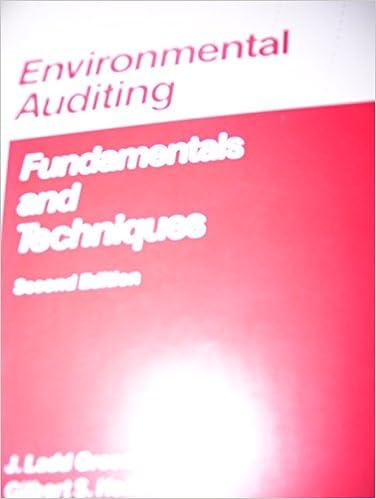Question
Williams Corp., a merchandiser, recently completed its 2017 operations. For the year, (1) all sales are credit sales, (2) all credits to Accounts Receivable reflect
Williams Corp., a merchandiser, recently completed its 2017 operations. For the year, (1) all sales are credit sales, (2) all credits to Accounts Receivable reflect cash receipts from customers, (3) all purchases of inventory are on credit, (4) all debits to Accounts Payable reflect cash payments for inventory, (5) Other Expenses are all cash expenses, and (6) any change in Income Taxes Payable reflects the accrual and cash payment of taxes. The companys balance sheets and income statement follow.

Additional Information on Year 2017 Transactions
- Purchased equipment for $57,000 cash.
- Issued 38,000 shares of common stock for $5 cash per share.
- Declared and paid $97,600 in cash dividends
Using the income statement, the comparative balance sheet, and the additional information given above, reconstruct the entries for the summarized activity of the current fiscal year. Upon completion, the trial balance tab should agree with the December 31, 2017 balances.
1. Reconstruct the journal entry for cash receipts from customers, incorporating the change in the related balance sheet account(s), if any.
2. Reconstruct the journal entry for cash payments for inventory, incorporating the change in the related balance sheet account(s), if any.
3. Reconstruct the journal entry for depreciation expense, incorporating the change in the related balance sheet account(s), if any.
4. Reconstruct the journal entry for cash paid for other operating expenses, incorporating the change in the related balance sheet account(s), if any.
5. Reconstruct the journal entry for cash paid for other operating expenses, incorporating the change in the related balance sheet account(s), if any.
6. Reconstruct the entry for the purchase of new equipment.
7. Reconstruct the entry for the issuance of common stock.
8. Reconstruct the entry to record the payment of cash dividends.
9. Close the revenue account(s) to income summary.
10. Close the expense accounts to income summary.
11. Close Income Summary to Retained Earnings.
Prepare the Statement of Cash flows for the year ended December 31, 2017 using the Direct Method. Hint Use the Cash T-account on the General Ledger tab to identify the sources and uses of cash. List cash outflows as negative values.
 Prepare the operating activities section of the statement of cash flows using the indirect method. Enter reductions to net cash provided by operating activities as negative values.
Prepare the operating activities section of the statement of cash flows using the indirect method. Enter reductions to net cash provided by operating activities as negative values.

Step by Step Solution
There are 3 Steps involved in it
Step: 1

Get Instant Access to Expert-Tailored Solutions
See step-by-step solutions with expert insights and AI powered tools for academic success
Step: 2

Step: 3

Ace Your Homework with AI
Get the answers you need in no time with our AI-driven, step-by-step assistance
Get Started


